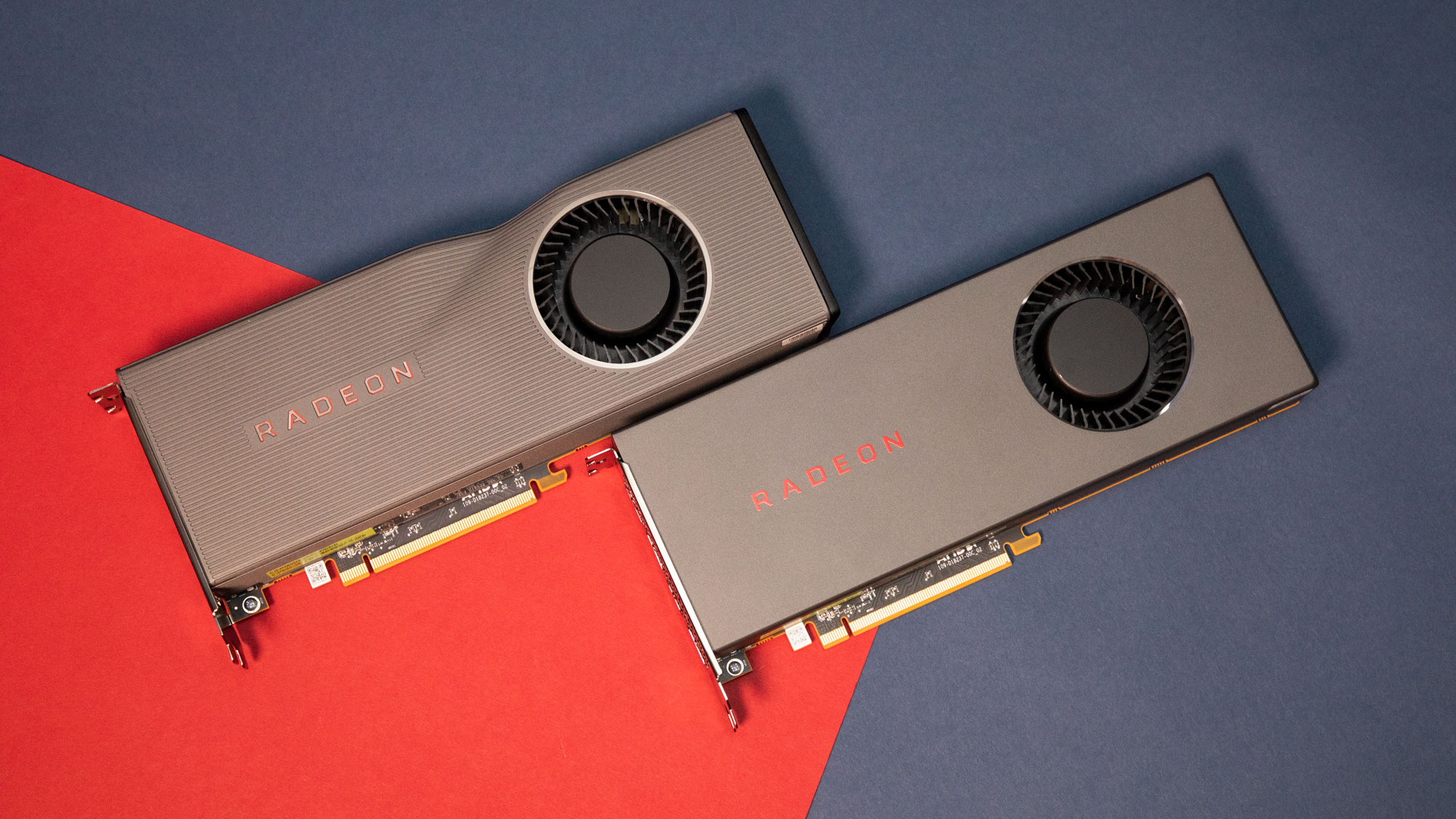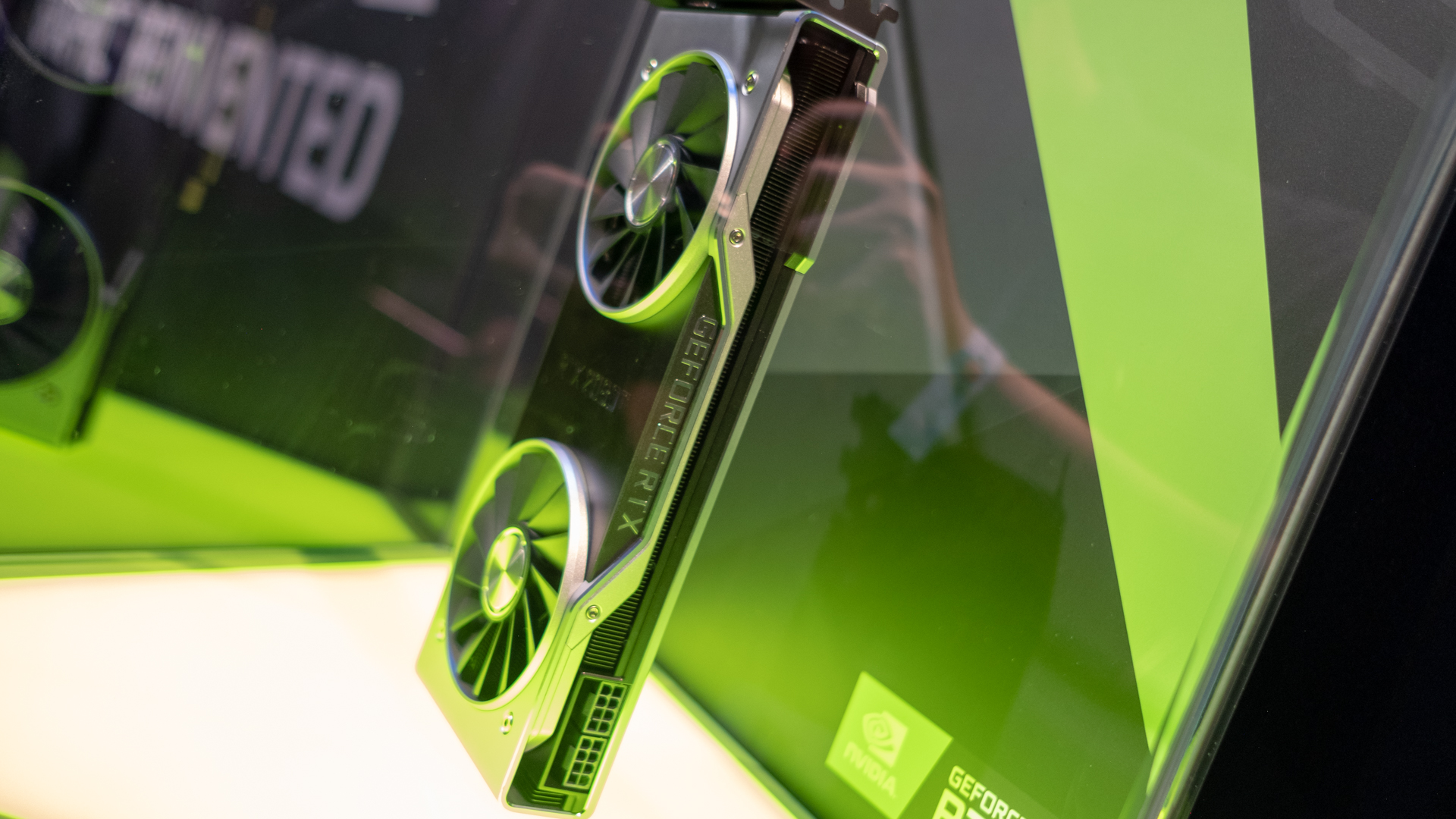Those Xbox Series X specs don't tell us much, do they?
So, Microsoft finally unleashed some more specific spec information about the Xbox Series X. The next generation console is going to have an AMD Zen 2-based processor and an RDNA 2-based GPU, which will theoretically be able to push out 12 teraflops of Floating Point 32 (FP32) performance. But, does that really tell us anything?
Microsoft did also state that it will be coming with a next-generation SSD – which we knew already, along with Variable Rate Shading and HDMI 2.1. Both of these latter specs weren't confirmed, but Microsoft would be silly not to include compatibility for these technologies.
So the only real piece of news out of this spec reveal – at least as far as hardware is concerned is the GPU's 12 Tflops of floating point performance. But that's not as meaningful as you may think.

The Xbox Series X GPU will be based on the next generation of the RDNA GPU found in the AMD Radeon RX 5700
Let's do some GPU digging
In its blog post, Microsoft claims that the AMD Navi GPU in the Xbox Series X will be capable of 12 teraflops of graphics performance, and that's actually a pretty high number. For instance, the Nvidia GeForce RTX 2080 Ti Founders Edition – the most powerful consumer graphics card on the market right now – is capable of 14.2 teraflops, while the RTX 2080 Super, the next step down, is capable of 11.1 teraflops.
So, if teraflops are the way we measure the best graphics cards, that would mean that the graphics chip in the Xbox Series X will end up somewhere between the two most powerful consumer graphics cards available for desktops right now. But there's a catch.
When it comes to a modern graphics card, FP32 performance is only part of the story, especially in games. You see, if we were just talking about theoretical compute performance in scenarios like cryptocurrency mining or hardcore data workloads, pure theoretical compute performance is absolutely the most important aspect. But, it's only a part of the equation. What's also important in PC games is memory bandwidth, VRAM capacity and raw clock speeds. We don't know any of these details.
To put things into perspective, we can just take a look at a couple of Nvidia graphics cards: the Nvidia GeForce RTX 2080 and the RTX 2080 Super. Now, the theoretical performance of these cards is 10.6 Tflops and 11.15 Tflops, respectively. This is thanks to a bump to 3,072 CUDA cores in the Super variant up from 2,944 in the original RTX 2080. Beyond that, the only other core difference between these two graphics cards is a slight bump in memory bandwidth from 448 GB/s to 496 GB/s.
Even with both of these improvements in place – a 5% increase in maximum theoretical compute performance along with a massive 10% bump in memory bandwidth, performance gains were under 5% when we reviewed the the RTX 2080 Super.
That does seem to show that FP32 performance plays a very significant role in the performance of the GPU, but there's another ingredient here. The Xbox Series X seems to be equipped with an APU, rather than having the GPU and CPU on separate dies. This means both the Zen 2 CPU cores and the RDNA 2 graphics cores will have to share resources to some degree – which could potentially limit memory bandwidth.

AMD Navi is the future of AMD graphics
Let's talk about AMD Navi
Because the GPU in the Xbox Series X is based on the RDNA 2 architecture, it's important to explore what exactly that means for that "12 Tflops" claim. Just taking a look at the AMD Radeon RX 5700 XT, which is based on the original RDNA architecture, AMD lists the GPU as being capable of 9.75 Tflops of FP32 performance, but that's based on the boost clock.
Now, starting with Navi, AMD began listing the clock speeds for its graphics cards in three tiers: a base clock, a 'game clock' and a 'boost clock'. The boost clock is the highest clock it'll reach, and will only typically hit it under extreme workloads, and it won't stay at that clockspeed for more than a few seconds. The game clock is closer to what Nvidia lists as the boost clock for its GPUs, and is typically the clock speed the graphics card will sit at most of the time when playing games.
So going back to the Radeon RX 5700 XT, a more accurate measurement of teraflops, based on the clock speed you'll be sitting at most of the time when playing games is actually around 8.96 Tflops – a full 8% below that peak number.
Now, you can calculate the peak performance of a GPU without even plugging it in using math as long as you know how many streaming processors the GPU has and the clock speed.
But given we don't have that detailed spec information on the RDNA 2 chip in the Xbox Series X, we don't know how far clock speeds will fall when it settles into its 'game clock' – we suspect the lower power requirements of the console will see it fall pretty far, though.

The Nvidia GeForce RTX 2080 Ti is significantly more powerful than the Xbox Series X – but it is way more expensive.
Where does that leave us?
At the end of the day, specs don't matter all that much when it comes to console gaming. Pretty much every game over the next 5-8 years is going to be built within the constraints of the hardware on offer, and the PS5 will likely be so similar in terms of power that there won't be a readily discernible difference.
The Xbox Series X having 12 teraflops of compute performance to play around with is certainly exciting news and could very well see games truly pushed to the next level in ways we haven't seen since the Xbox One and PS4 launched all those years ago.
One thing we can be sure of, however, is that even if the 12 teraflops that Microsoft is claiming is sustained over long periods of time, that won't be enough for the 8K gaming that Microsoft says the Xbox Series X will be able to manage.
We've had trouble getting the monster 16 Tflop Nvidia Titan RTX to run current-generation games like Red Dead Redemption 2 at 8K, let alone what next-generation titles are going to look like.
We shouldn't be quick to jump to conclusions about what the Xbox Series X will be capable of based on a single aspect of the GPU's capabilities. Components like GPUs are way more complicated than a single number – and we still haven't heard what the Zen 2 CPU cores will be capable of or even how much memory the console will have access to.
The specs Microsoft shared, then, raise a few more questions than they actually answer. We're sure more details will surface before the console hits the street later in 2020, and we're still waiting on pins and needles to get a better picture of how this console is going to perform.
- We'll show you how to build a PC
0 comments:
Post a Comment